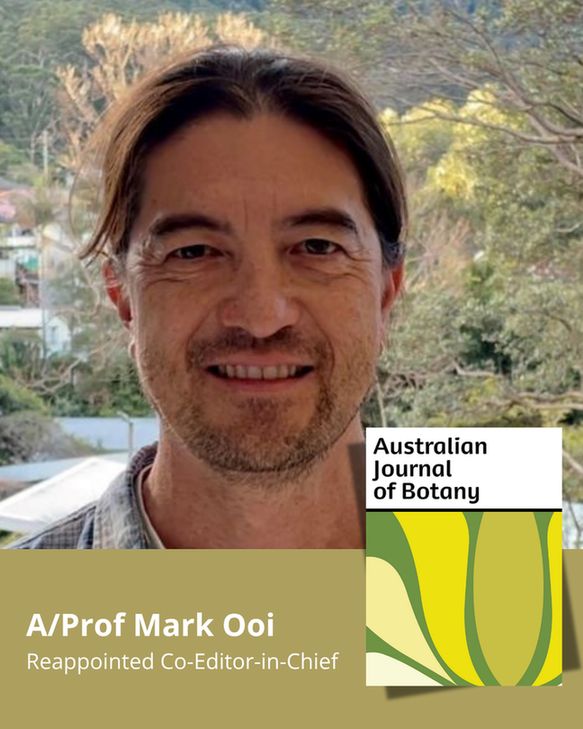Australian Journal of Botany
@ausjbotany.bsky.social
390 followers
570 following
35 posts
An international journal publishing original contributions to the field of plant science with relevance to Southern Hemisphere ecosystems. #AusJBotany https://www.publish.csiro.au/bt
Posts
Media
Videos
Starter Packs
Reposted by Australian Journal of Botany
Reposted by Australian Journal of Botany
Reposted by Australian Journal of Botany
















